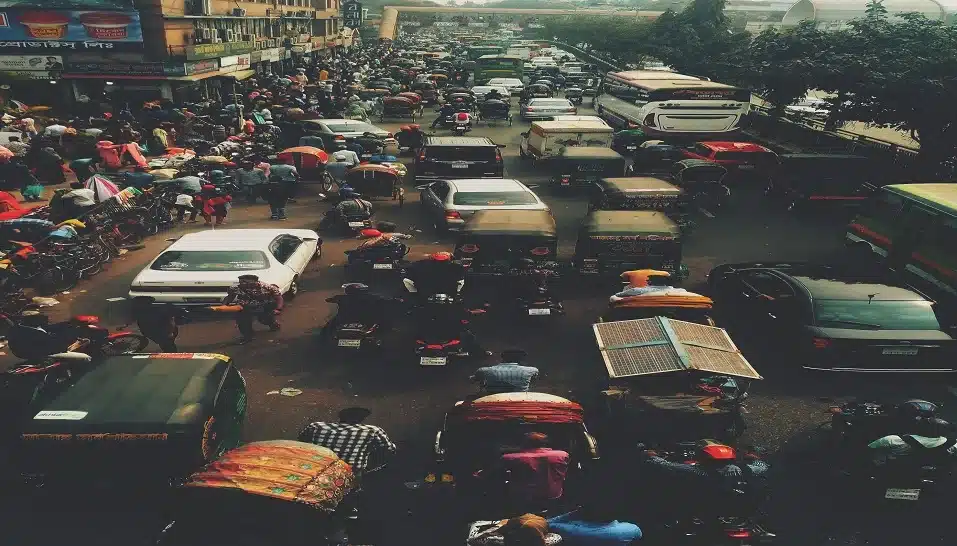The country’s coronavirus testing has been on the decline since the government imposed a price tag last month on COVID-19 testing – a service that was earlier offered free of cost at public health centres. The current situation, coupled with a high positivity rate, makes it difficult to assess the true burden of the disease in the country.
Having overtaken Germany as the 16th worst affected country worldwide in the COVID-19 pandemic, Bangladesh has been reporting over 2,500 new cases every day. Tracking and containing the spread of the virus is the need of the hour. Yet, the country’s coronavirus testing has been on the decline since the beginning of July.
On June 29, the Ministry of Health and Family Welfare released a statement that COVID-19 testing in government hospitals – which was previously free – would now be conducted at a cost of 200 Taka (2.38 USD) for testing at collection booths and 500 Taka (5.95 USD) for at-home sample collection. While private hospitals have been charging approximately 40-50 USD for testing in most South Asian countries since the pandemic began, Bangladesh is the only one to impose a price tag on government testing. The service is offered for free in neighbouring countries like India, Pakistan, Nepal, and Bhutan.
Decoding the decline
Since the first COVID-19 case was recorded in March, Bangladesh had made significant progress in scaling up its testing capacity. The country went from conducting 200 tests at the beginning of April to over 18,000 tests by the end of June. With 55 COVID-19 testing labs, and a tests/1000 rate of 0.10 by the end of June, Bangladesh – at its peak – appeared to be at par with its neighbouring countries like India (0.14) and Pakistan (0.12).
However, in the span of two weeks this month, Bangladesh’s testing rate plummeted to 0.086 and is still falling. Experts blame the new cost imposition on testing for the worrying trend. The government’s rationale of preserving its limited resources –many asymptomatic people were supposedly taking advantage of the free testing – has brought about a significant decline in the detection of new daily cases. The current situation makes it difficult to assess the true burden of the disease in the country.
Focus on positivity rate
Bangladesh’s positivity rate demonstrates how inefficient testing has distorted the country’s COVID-19 picture. At an average of 22.35 per cent for the month till date, with over a fifth of all people tested being confirmed cases, Bangladesh’s daily positivity rate is the highest in the region, and over double that of its neighbours India (9.58 per cent) and Nepal (6.71 per cent).
According to the WHO, a positivity rate of over five per cent is indicative of inadequate testing. Instead of expanding testing to lower this positivity rate, Bangladesh is cutting its volume of tests by one-fourth, making it even more difficult to track the spread of the disease in the country.
Our understanding of testing in Bangladesh’s outbreak is further hampered by the systemic corruption in its healthcare infrastructure. On July 15, a hospital owner and member of the governing party, Mohammed Shahed, was arrested for faking the results of over 6,500 COVID-19 tests. There has been a huge demand, particularly among migrant workers, for faked negative test results, which would allow them to go overseas, and gain/resume employment. These faked negative results are inflating an already insufficient testing rate, which indicates an even greater prevalence of COVID-19 in the country than is currently visible.

















